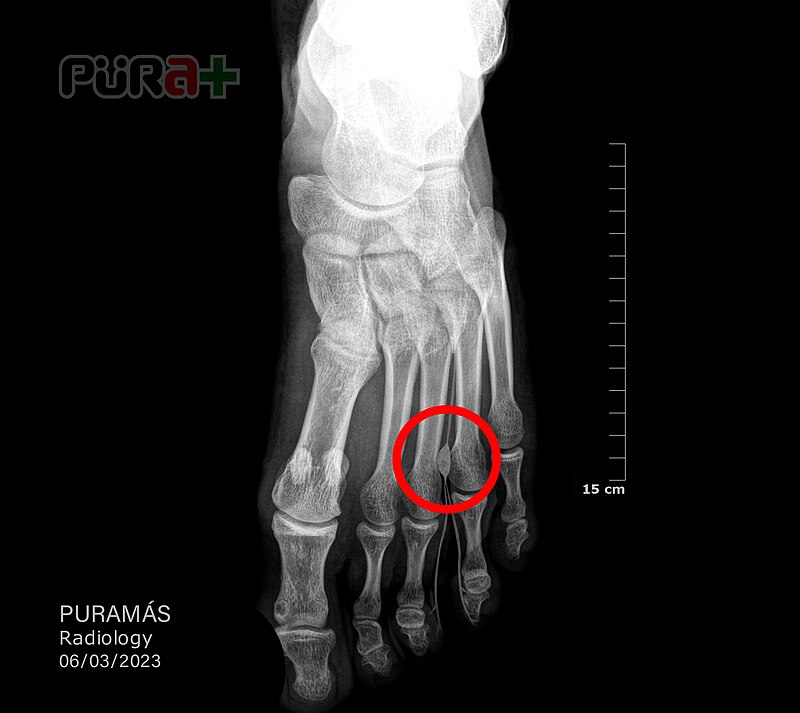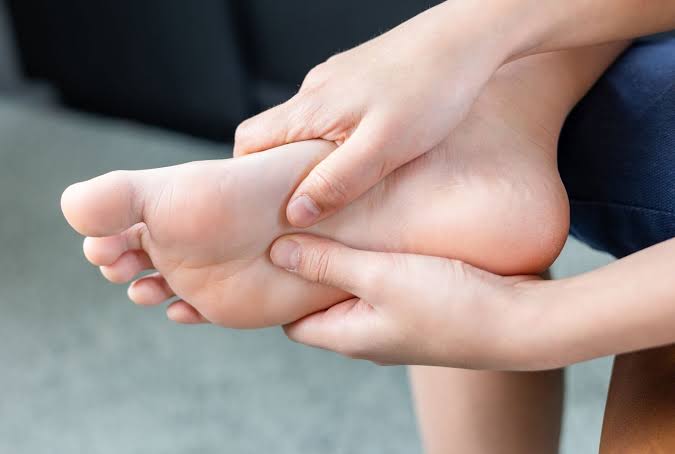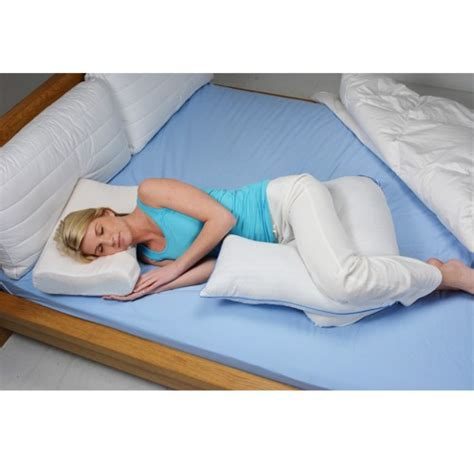Morton’s Neuroma is a painful foot condition that can affect anyone but is more common in certain groups of people. This blog will delve into the signs and symptoms of Morton’s Neuroma, its typical demographics, conditions with similar symptoms, and comorbidities often associated with it.
Signs and Symptoms of Morton’s Neuroma
Morton’s Neuroma primarily affects the ball of the foot, typically between the third and fourth toes. Common signs and symptoms include:
- Pain and Discomfort: Patients often report a sharp, burning, or aching pain in the ball of the foot, which can radiate into the toes.
- Numbness and Tingling: Some individuals may experience numbness or tingling in the affected area.
- Feeling of Something Inside the Shoe: It’s common for patients to describe the sensation of having a small pebble or fold in their sock, even when there’s nothing inside their shoe.
- Worsening with Activity: Symptoms tend to worsen with activities that put pressure on the forefoot, such as walking or wearing tight shoes.
- Relief with Rest: Resting the foot and massaging the affected area can provide temporary relief from the discomfort.
Who Typically Gets Morton’s Neuroma?
Morton’s Neuroma can affect people of all ages, but some individuals are more predisposed to this condition:
- Women: It’s more common in women, possibly due to the frequent use of high-heeled and tight shoes that can compress the forefoot.
- Middle-Aged Adults: Most cases are diagnosed in adults between the ages of 40 and 60.
- Foot Deformities: People with conditions like bunions, hammertoes, or flat feet may be more susceptible.
- High-Impact Activities: Athletes or individuals engaged in high-impact sports can also be at risk due to repetitive stress on the forefoot. Particularly dancers, hikers and sports with a lot of ‘forefoot’ activity.
Conditions with Similar Symptoms
Several foot conditions can present with symptoms similar to Morton’s Neuroma, making an accurate diagnosis essential:
- Metatarsalgia: This condition involves generalized pain in the metatarsal region and can mimic Morton’s Neuroma. It often results from overuse or improper footwear. Capsulitis: Inflammation of the joint capsule can cause pain and discomfort in the same region as Morton’s Neuroma.
- Stress Fractures: Fractures in the metatarsal bones can cause sharp pain and mimic Neuroma symptoms.
- Peripheral Neuropathy: This condition can lead to numbness and tingling in the feet and toes and may be mistaken for Morton’s Neuroma.
Conditions Occurring with Morton’s Neuroma
Patients with Morton’s Neuroma may also experience other foot-related conditions:
- Bunions: Bunions are bony growths at the base of the big toe. They often develop alongside Morton’s Neuroma due to shared risk factors like ill-fitting footwear.
- Hammertoes: Hammertoes are characterized by an abnormal bending of the toes. They can co-occur with Morton’s Neuroma, contributing to foot discomfort.
- Plantar Fasciitis: Patients might also experience plantar fasciitis, which involves inflammation of the tissue connecting the heel to the toes.
Treatment Options
The treatment can vary based on the severity of the condition and individual preferences. Here are some common treatment options:
- Footwear Modifications: Wearing shoes with a wider toe box and lower heels can help alleviate pressure on the forefoot and provide relief from symptoms.
- Orthotic Inserts: Custom or over-the-counter shoe inserts can provide additional support and cushioning to reduce pressure on the affected area.
- Corticosteroid Injections: In some cases, corticosteroid injections may be used to reduce inflammation and relieve pain temporarily.
- Physical Therapy: Physical therapists can teach exercises to strengthen the foot muscles and improve gait, which can reduce symptoms.
- Medications: Nonsteroidal anti-inflammatory drugs (NSAIDs) may be recommended to manage pain and inflammation.
- Sclerosing Injections: Alcohol or other agents may be injected into the neuroma to shrink it and alleviate pain.
- Ultrasound Therapy: High-frequency ultrasound can help break down the scar tissue in the neuroma.
- Shockwave Therapy: Extracorporeal shockwave therapy (ESWT) can be used to reduce pain and promote healing.
- Radiofrequency Ablation: This procedure uses heat generated by radio waves to destroy the neuroma.
- Surgery: In severe cases where conservative treatments don’t provide relief, surgical removal of the neuroma may be considered.
Myotherapy and Exercise Rehabilitation
Myotherapy and exercise rehabilitation can be valuable components of a comprehensive treatment plan for Morton’s Neuroma. Hands-on techniques, such as massage and trigger point therapy, can target muscle tension, improve circulation and exercise rehabilitation is best for strengthening the foot and improving overall foot health.
Specific exercises can target the muscles of the foot, helping to improve support and stability. Proper rehabilitation can correct gait abnormalities and foot mechanics that contribute to neuroma development. Strengthening and conditioning exercises can reduce the risk of Morton’s Neuroma returning.
It’s essential to work with a qualified healthcare professional, such as a podiatrist and/or myotherapist, to develop a personalized exercise and treatment plan tailored to your specific needs. These therapies can complement other treatments and improve your overall foot health, reducing pain and discomfort associated with Morton’s Neuroma.
In conclusion, Morton’s Neuroma is a painful foot condition that primarily affects the ball of the foot, with symptoms including pain, numbness, and tingling. It’s more common in women, middle-aged adults, and those with certain foot deformities. Similar conditions like metatarsalgia, capsulitis, and stress fractures can mimic its symptoms, and it’s often associated with comorbidities like bunions, hammertoes, and plantar fasciitis. If you suspect you have Morton’s Neuroma, consult a healthcare professional for an accurate diagnosis and appropriate treatment.
Are you presenting with these symptoms? Book online for a consultation, treatment and exercise plan now
ALM Remedial treats Morton’s Neuroma and other foot conditions. Servicing the Yarra Ranges and Dandenong Ranges areas.




